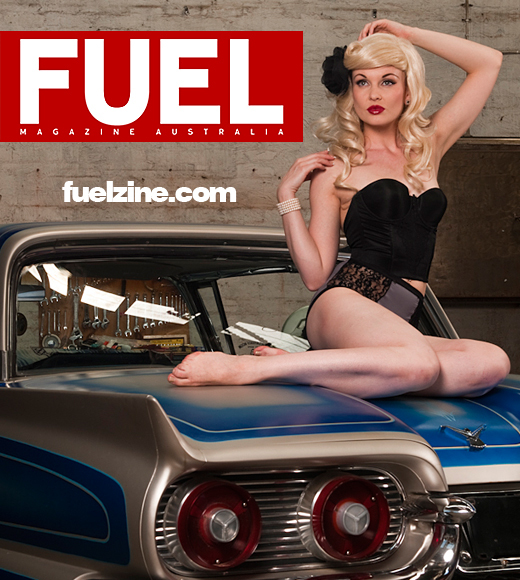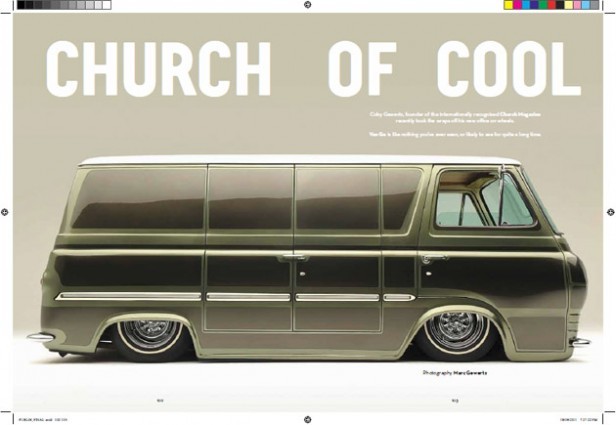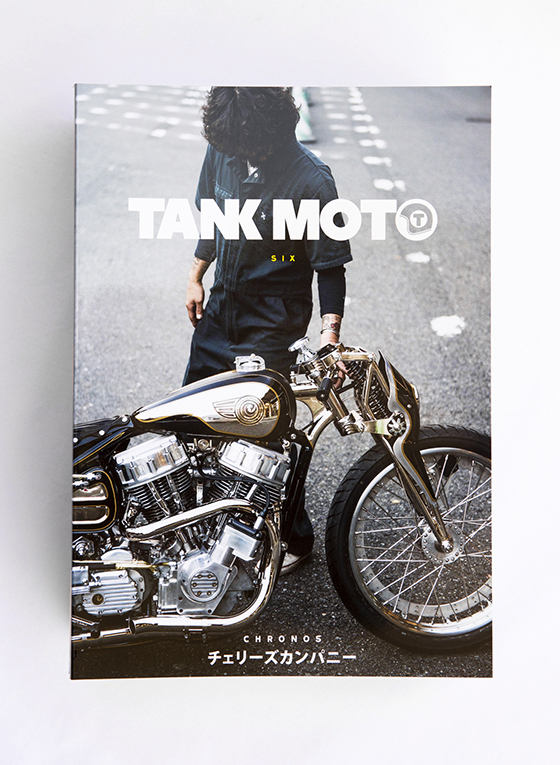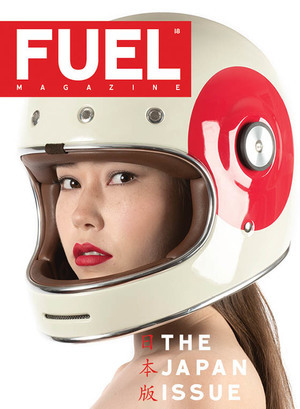
Pedal to the metal, fast and beautiful cars are what dreams are made of when fantasizing about road trips around the world. Australian, Fuel magazine takes you directly into the auto culture, and now moto culture with Tank Moto magazine, with great photography and great editorial. 3 times a year and printed using high quality stocks, Fuel will have you buying those driving gloves and take the road. Interview with the editor, Luke Ray.
Baron: Fuel press bio…
Luke Ray : It all kicked off very gradually whilst I was designing automotive interiors at Ford here in Melbourne. I had made the transition from point-and-shoot to SLR camera just a year or so prior, and it soon became clear that I was fortunate enough to have an eye for photography. After some basic night school and some event coverage in a few Australian auto mags, I had built up enough of an interest in car culture here, particularly hot rodding around Victoria to put together a low volume small format publication as a trial run.
I just printed 1000 copies, without any advertising or distribution knowledge and jumped in at the deep end. That was some two years before I left Ford, so it was just a small evening and weekend hobby whilst I was working there. However, over those two years momentum grew and grew, and I started to up the production values of each issue. I landed a distribution deal for issue two, and things started to work themselves up from there. So I guess there wasn’t really a big push or driving force, other than a keen desire to explore something different and to ride the wave of this new corner of creative design that I had uncovered for myself.

At this point in time, we now produce two magazine products; Fuel Magazine and our newest product Tank Moto.
B.: How does that translate to an editorial policy?
L.R.: The material that I look for needs to have two qualities; a good story, and successful aesthetics. Sometime a subject has more of one that the other, but there needs to be a proportion of both factors. There’s a large personal subjective aspect to the material that I choose, too. It needs to appeal to my taste and interest me visually to be initially considered.

B.: Why choose print? What kind of paper you use and why?
L.R.: There was never any discussion about what else it could be. It was always a physical product from the first concept. My history is as a three dimensional designer. I like to touch, hold quality objects, so I created one for myself.
We use three kinds of paper to create a physical experience as you look through each magazine. When you design a car interior you carefully look at touch points, and where the user will interact with the vehicle, creating certain physical experience via materials and surfaces. I take the same approach with print.
You start with the thick, glossy cover and the heavy weight of the product. This is your introduction to the product. Then, once inside the magazine, you browse through the coated, glossy pages, which then take one to the uncoated, rougher paper at the centre of the magazine which has a a very different feel and characteristic. It smells superb! As you pass through the middle of the magazine, the experience occurs in reverse, through more coated paper and finalising with the back cover, bringing you out of the magazine.
We’re offering an experience, not just information about cars & motorcycles. We’re inviting you to take some time inside the magazine and indulge in a tactile product.
B.: What has been the readers’ response?
L.R.:The response is great. Our customers enjoy having their magazines in their homes and offices as valued products, whether carefully protected on shelves or displayed on a coffee table for others to interact with. We find that our products are more cared for than regular monthly magazines, and they are treated well. Our customers appreciate our attention to higher production values and detail, and as a result they are prepared to pay the couple of dollars more over a ‘regular’ magazine.
B.: Business: Good print mags get a lot of love, but is not always translated to sales or advertising. How’s the sales? Advertising wise, is it a normal approach of selling an ad page or more a brand ad approach?L.R.:Our products are successfully selling all around the world. We have local Australian distribution to 75% of the country, and overseas distribution that is in constant growth.
Ad sales in our office is definitely not a normal approach. Bigger publishers are constantly looking at the bottom line and have staff whose job it is to fill every magazine with as much advertising as possible, no matter who they are talking to or what the ad looks like. Small publishers take a much more personal approach, building relationships with their advertisers and really talking to them about what they want to achieve. You need to treat your clients with the utmost respect, as they are putting their product or brand in your hands. I’m not sure that’s the case with large publishers.

B.: Upcoming projects?
L.R.: Again, just like the car design industry, there are always multiple projects on our walls being discussed, some more so than others. Maybe only one or two make it through, but we’re always thinking about what could be next. A few years ago, Tank Moto was just that, an idea on the wall, but now it’s a well established magazine with a successfully growing brand image. There will be a ‘next move’ from us, but we all have to wait and see what it will be.
f






